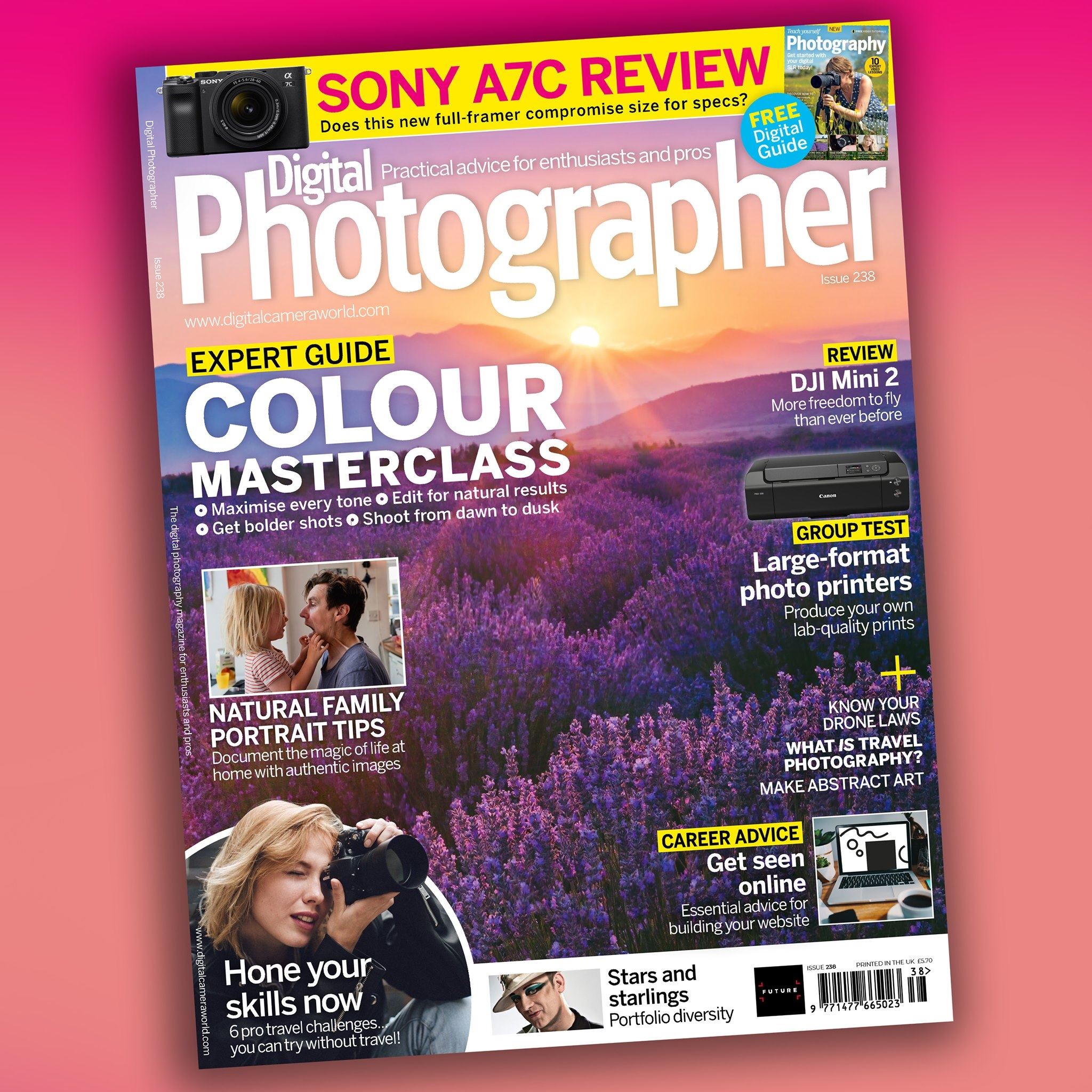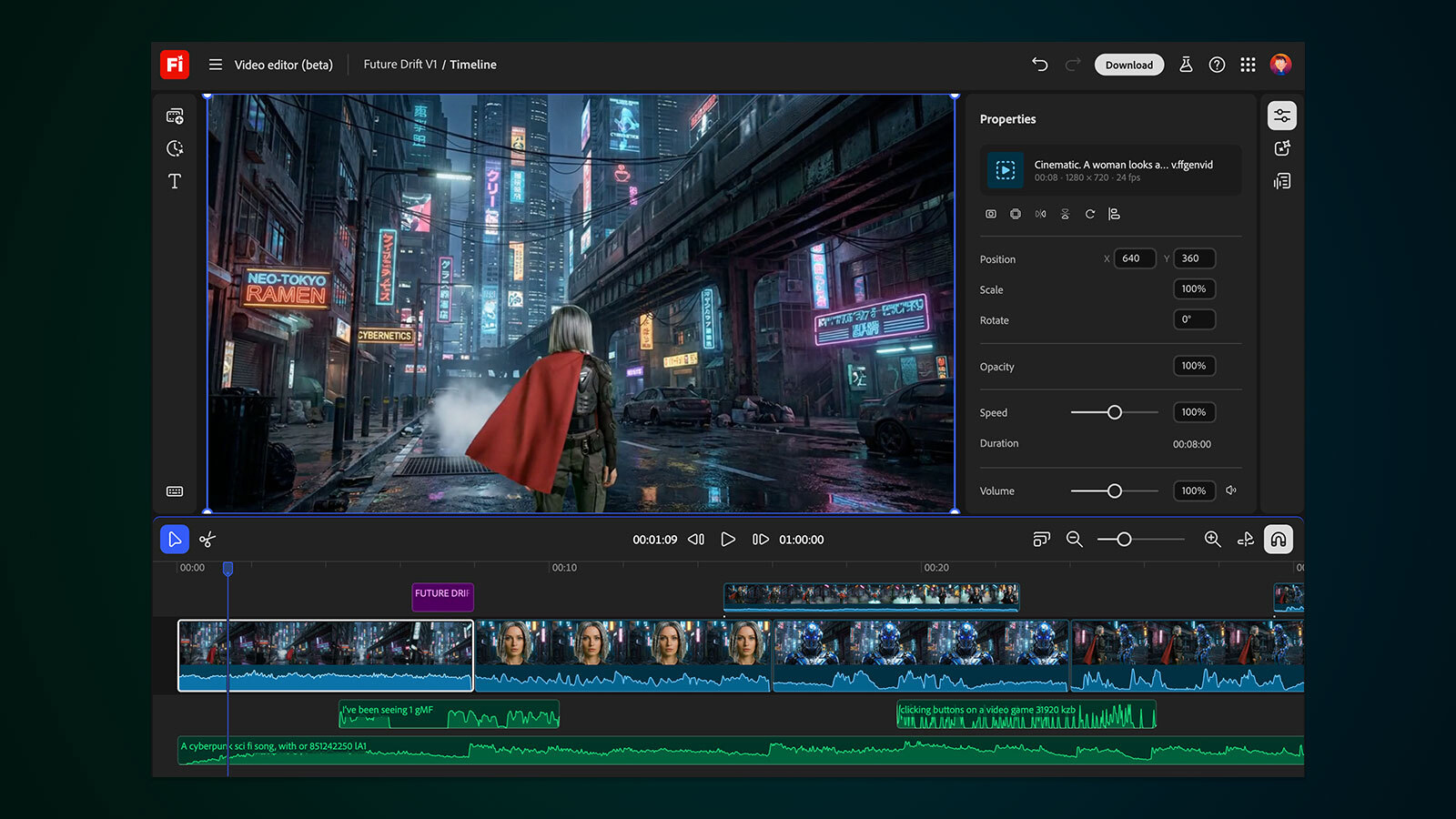5 biggest mistakes you can make when entering a photo competition
From not reading the rules properly to entering copycat images, there are several things you should avoid

Entering photography competitions is a wonderful way to narrow down your favorite images, shoot with a clear goal in mind and provide your practice with some direction. Going further, winning contests can also put your portfolio in front of hundreds of people, giving you great exposure and making your name better known in the industry. Not to mention that some contests also offer generous prizes in the form of cash or cameras!
Of course, winning isn't everything – just because you didn't get shortlisted, it doesn't make you a bad photographer – but most of us would be lying if we said that we didn't enter a contest to at least do well.

Rob is a UK-based professional photographer and author, specializing in wildlife. He was one of the founding directors of Bird Photographer of the Year and is now working on several new projects including WildArt Photographer of the Year, which which ran for the first time in 2021.
Visit Rob's website
Every photography competition (and there are now hundreds) has a different set of judges and judging criteria, so you'll need to do some research into what the judges are looking for, and what sorts of images generally do well in the competition.
We wanted a judge's perspective, and spoke to Rob Read, one of the founding directors of the Bird Photographer of the Year awards. Although Rob has now moved onto WildArt Photographer of the Year, he previously revealed a few ways to increase your chances of success – and his advice is still just as pertinent now.
While every contest is different in its remit, and the advice here applies more to bird photography than general competitions, it should still apply to many contests. Read the rules, shoot images specifically designed for competition entry and you can't go too far wrong.
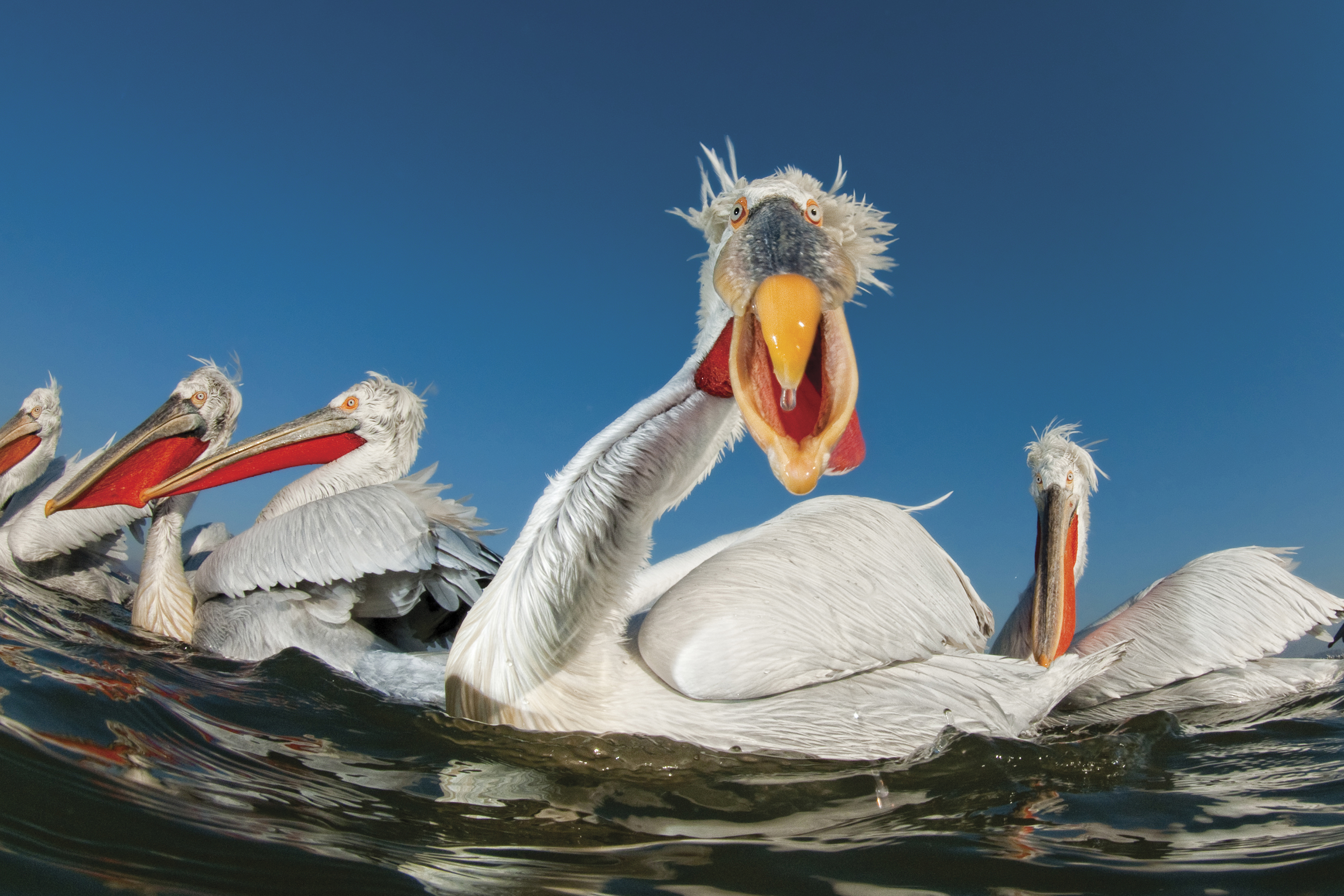
What were you looking for in the entrants to BPOTY?
Put simply, the best and most original bird photography that the world can offer. We have an experienced panel of judges that have seen most things before, so we want the competition to break new ground. The advances in camera technology in the last 15 years have enabled much more scope for photographers in the way they are able to approach their subjects. Being surprised by images you have never seen taken in the same way before is a joy I experience every year when I review the competition entries.
The best camera deals, reviews, product advice, and unmissable photography news, direct to your inbox!
What sorts of qualities tend to catch the judges’ eyes?
Photography is subjective of course, and what catches one judge’s eye might be overlooked by another. In the main, judges look for images that have immediate impact and show originality; something that has the power to elicit an immediate emotional response. A subject photographed in a unique way the judges haven’t seen before guarantees more eyeball time on the screen, and if coupled with the right lighting and strong composition, may see you on to a winner. With the advancement in camera technology there is no excuse for anything other than technical perfection when it comes to composition, focus and correct exposure. Remember that we see thousands of entries and, if you don’t catch the eye straight away, then the chances are that the image will be passed over in favor of others.
What sort of images get overlooked?
If an image is technically flawed, be it incorrectly exposed, focally soft or poorly composed, chances are it won’t make it past a cursory glance. Images that lack originality, taken in a common style seen countless times before, don’t tend to make it through the initial selection process either. Any image where we feel an ethical line has been crossed, particularly if a bird is showing signs of distress or its behavior has been altered in an adverse way to enable the image to be captured, will be removed from the process.
What can entrants do to improve their chances of success?
Be your own worst critic. It is easy to seek praise from your peers on social media and rack up the hits on the ‘like’ button. But is that image really good enough?
Does it show originality? Is it technically perfect? What could you do better? Be hard on yourself; select only your very best work for competition entry and don’t be tempted to pad out your submission with ‘fillers’ that will be confined to the judges’ ‘no’ bin. Each image should be technically perfect, compositionally strong and original.
Shoot images specifically designed for competition entry as opposed to choosing old photographs from your back catalogue. If you think you have a potential winner, keep it to yourself and don’t be tempted to share it on social media. If a judge has already seen an image doing the rounds, regardless of how good they may think it is, the impact on them will be lessened and thus your chances of success diminished.
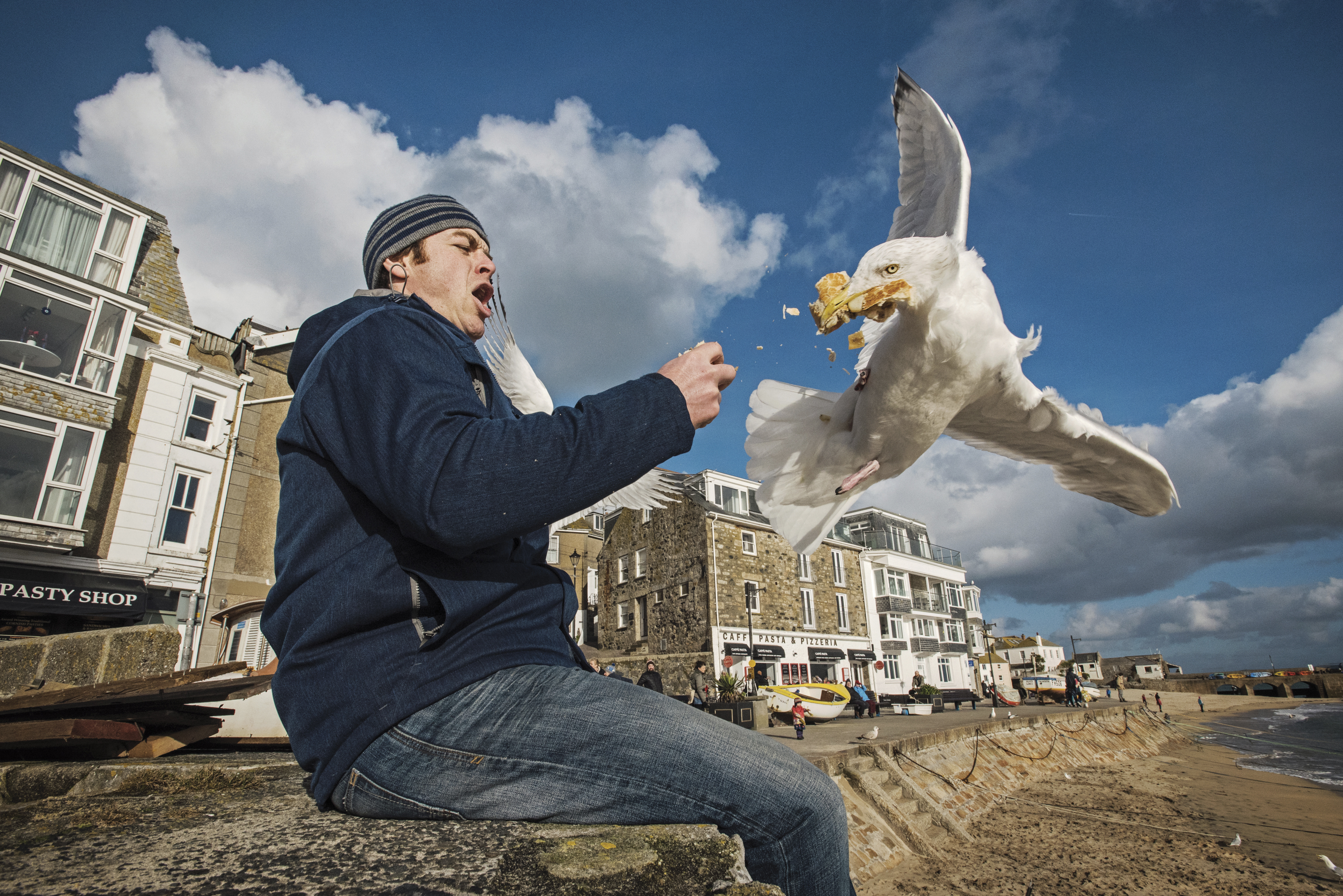
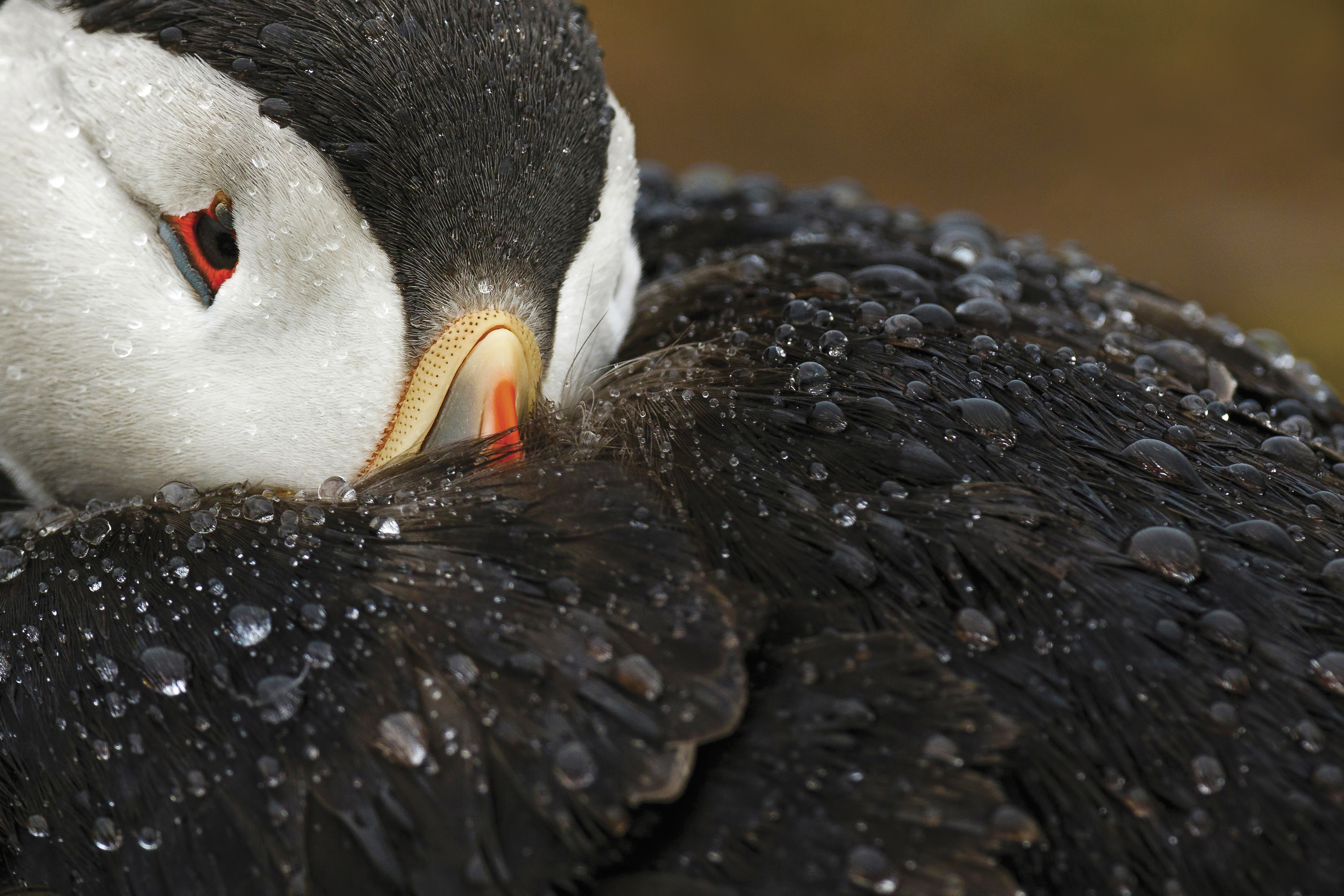
What are the top five mistakes entrants make?
Not reading the category brief properly
My heart sinks when I see a great image we reject because it doesn’t fit the category brief, yet it happens numerous times every year.
Entering the same image in multiple categories
No matter how strong an image is, the impact of it is lessened when it appears on the judges’ screens numerous times. Pick the most appropriate category for the image and don’t be tempted to enter it into another.
Entering a series of similar images from the same sequence
We all suffer from this dilemma from time to time; you may have captured a great action sequence, for example, and you have a dozen or more images to choose from. Can’t decide which one to enter? Don’t be tempted to enter more than one – if you can’t decide which is best, the judges aren’t going to do your job for you, and you’ll dilute their collective opinion and the impact of the image.
Copycat images
I can guarantee that we will see dozens of images each year that try to emulate photographs that have either won or done well in the previous year. As judges, we are looking for something new that excites us; copying subjects, styles and compositions seen previously is not going to turn any of the judges’ heads.
Not reading the rules
Competition rules exist for a reason, yet they are seemingly ignored by some entrants every year. Read the rules carefully and ensure you abide by them. If they are ignored then be prepared for the competition organizers to disqualify your image, no matter how good it is.
Read more
The best professional cameras
The best camera for beginners
What are the best camera lenses to buy?
Digital Photographer is the ultimate monthly photography magazine for enthusiasts and pros in today’s digital marketplace.
Every issue readers are treated to interviews with leading expert photographers, cutting-edge imagery, practical shooting advice and the very latest high-end digital news and equipment reviews. The team includes seasoned journalists and passionate photographers such as the Editor Peter Fenech, who are well positioned to bring you authoritative reviews and tutorials on cameras, lenses, lighting, gimbals and more.
Whether you’re a part-time amateur or a full-time pro, Digital Photographer aims to challenge, motivate and inspire you to take your best shot and get the most out of your kit, whether you’re a hobbyist or a seasoned shooter.
